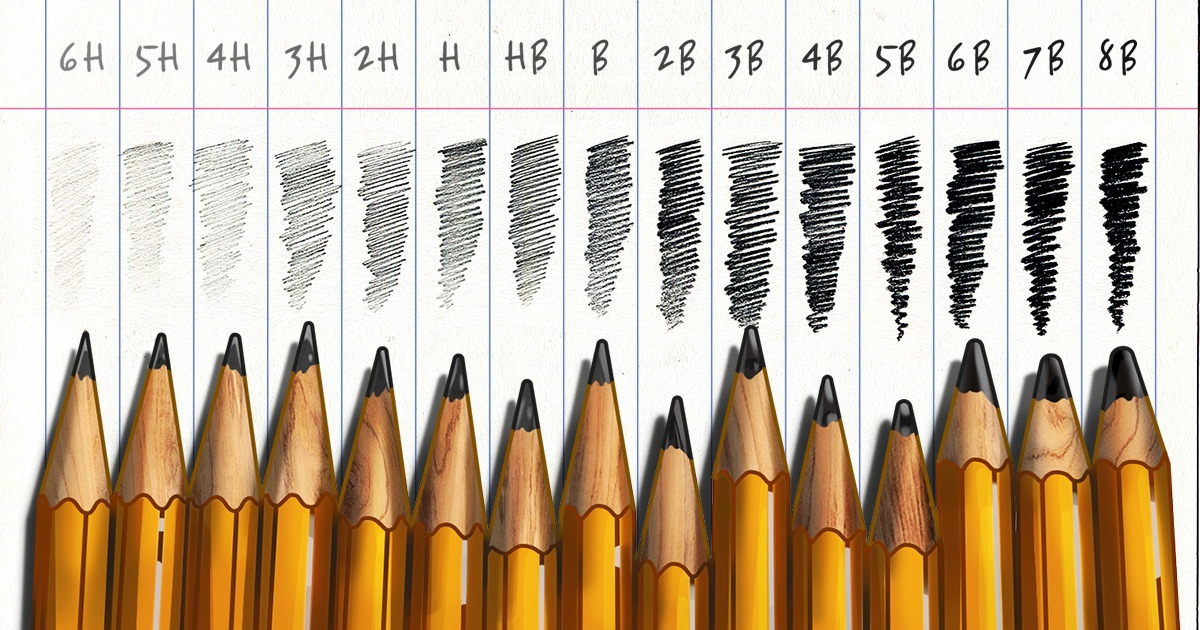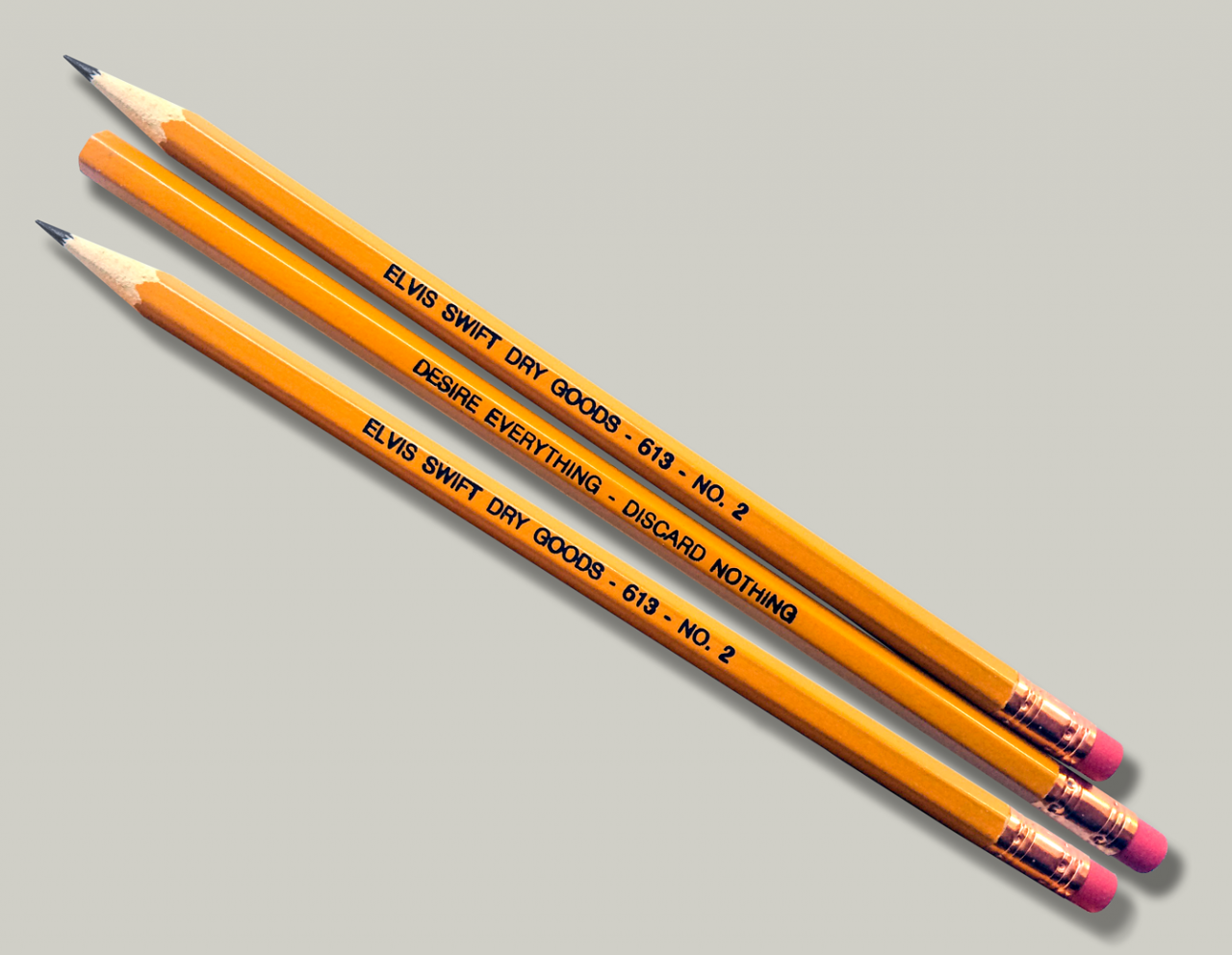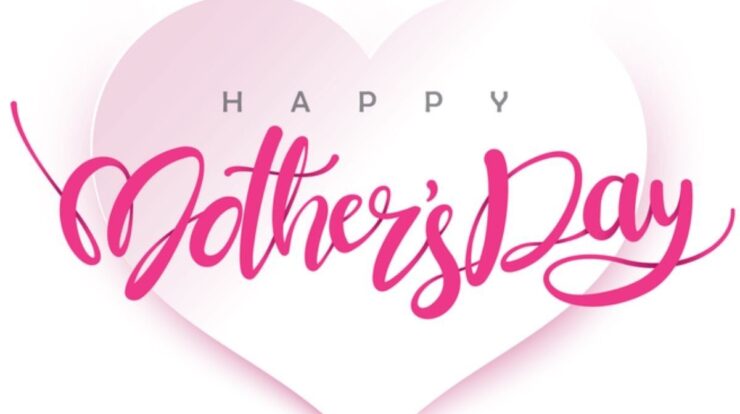
Pencils, seemingly simple writing instruments, hold a wealth of history, cultural significance, and artistic potential. Embark on a journey to unravel the pencil meaning, tracing its etymology, exploring its diverse types and uses, and delving into the artistry and cultural impact it has wielded.
From humble beginnings to modern advancements, pencils have left an indelible mark on the world of communication, education, and creativity. Let’s delve into the fascinating narrative of pencils, deciphering their meaning and impact on human expression.
Etymology and Origin

The word “pencil” originates from the Latin word “penicillus,” which means “small tail or brush.” It was first used to describe a small brush used to apply ink or paint. Over time, the term evolved to refer to a writing instrument made of graphite or other materials.
In the 16th century, pencils made of graphite were discovered in England. These pencils were initially called “black lead pencils” due to their dark color and resemblance to lead. The term “pencil” gradually replaced “black lead pencil” as the preferred name for these writing instruments.
Types and Uses
Pencils are available in a wide variety of types, each with its own unique characteristics and uses:
Graphite Pencils
- Made of graphite, a natural mineral
- Produce a range of darknesses, from light gray to black
- Commonly used for writing, drawing, and sketching
Colored Pencils, Pencil meaning
- Contain pigments in addition to graphite
- Produce a wide range of colors
- Used for drawing, coloring, and artistic purposes
Mechanical Pencils
- Use thin, replaceable lead
- Offer precise lines and require no sharpening
- Ideal for technical drawing, writing, and drafting
Pencil Manufacturing
Pencil manufacturing involves several steps:
Graphite Extraction
Graphite is mined from natural deposits.
Mixing and Forming
Graphite is mixed with clay and other materials to create a paste.
Extrusion
The paste is extruded through a die to form long, thin rods.
Drying and Firing
The rods are dried and then fired at high temperatures to harden them.
Assembly
The rods are inserted into wooden or plastic casings to create the final pencils.
Pencil Art and Techniques
Pencils are a versatile medium for creating art:
Sketching
Pencils are ideal for capturing quick impressions and Artikels.
Drawing
Pencils allow for detailed and realistic drawings.
Shading
Pencils can be used to create subtle transitions and depth.
Notable Pencil Artists
- Albrecht Dürer
- Leonardo da Vinci
- Vincent van Gogh
Cultural Significance: Pencil Meaning
Pencils have played a significant role in various cultures:
Education
Pencils are essential tools for writing and drawing in schools and educational institutions.
Communication
Pencils are used for writing letters, notes, and other forms of communication.
Self-Expression
Pencils are a popular medium for artistic expression and personal journaling.
Pencil Design and Innovation
Pencil design has evolved over time:
Early Prototypes
Early pencils were made of graphite wrapped in animal skin or paper.
Wooden Casing
The wooden casing was introduced in the 17th century to protect the graphite.
Mechanical Pencils
Mechanical pencils were invented in the 19th century to provide convenience and precision.
Recent Innovations
Modern pencils incorporate ergonomic designs, advanced materials, and sustainable practices.
Wrap-Up

Pencils, more than mere writing tools, are vessels of expression, education, and cultural heritage. Their journey through history has shaped their design, utility, and significance, leaving an enduring legacy in the realm of human communication and creativity. As we continue to embrace the power of pencils, may we appreciate their multifaceted meaning and the profound impact they have had on our world.
FAQ Section
What is the etymology of the word “pencil”?
The word “pencil” traces its roots back to the Latin “penicillus,” meaning “small brush.” This aptly describes the early use of pencils as paintbrushes for applying pigments.
What are the different types of pencils?
Pencils come in various types, including graphite, colored, charcoal, and mechanical pencils. Each type serves specific purposes, ranging from writing and drawing to sketching and artistic expression.
How are pencils manufactured?
Pencil manufacturing involves sourcing graphite, mixing it with clay and other materials, and extruding the mixture into thin rods. These rods are then encased in wood or other materials to form the final pencil.
What is the cultural significance of pencils?
Pencils have played a pivotal role in education, communication, and artistic expression across cultures. They have been used for writing, drawing, and sketching for centuries, leaving an indelible mark on human history and creativity.





